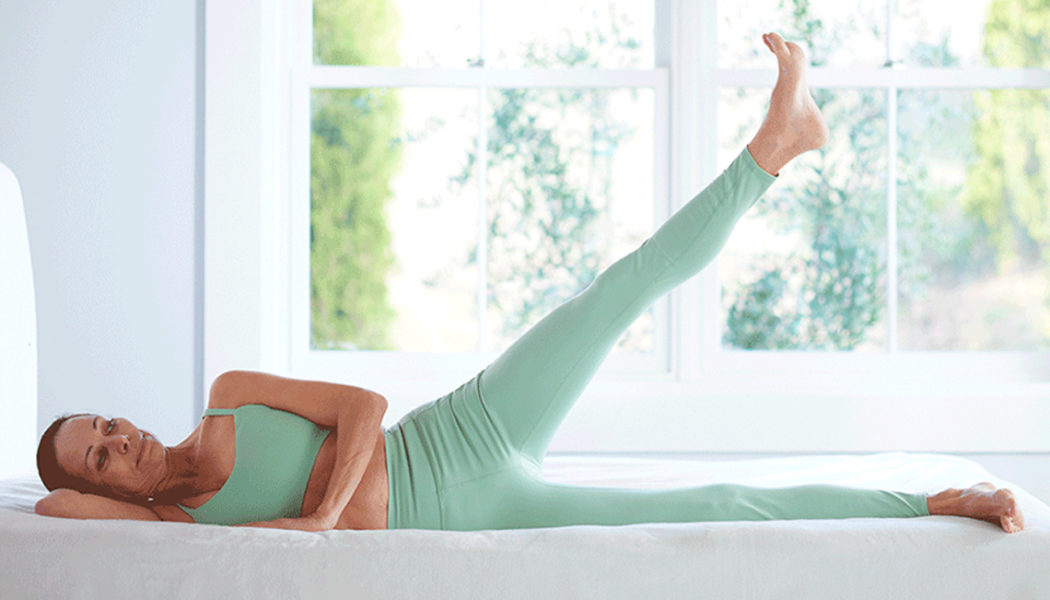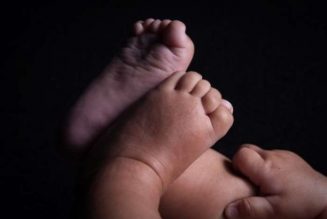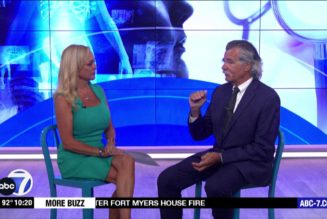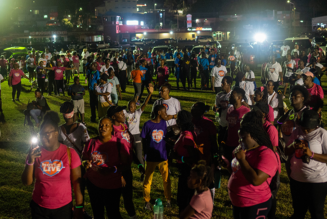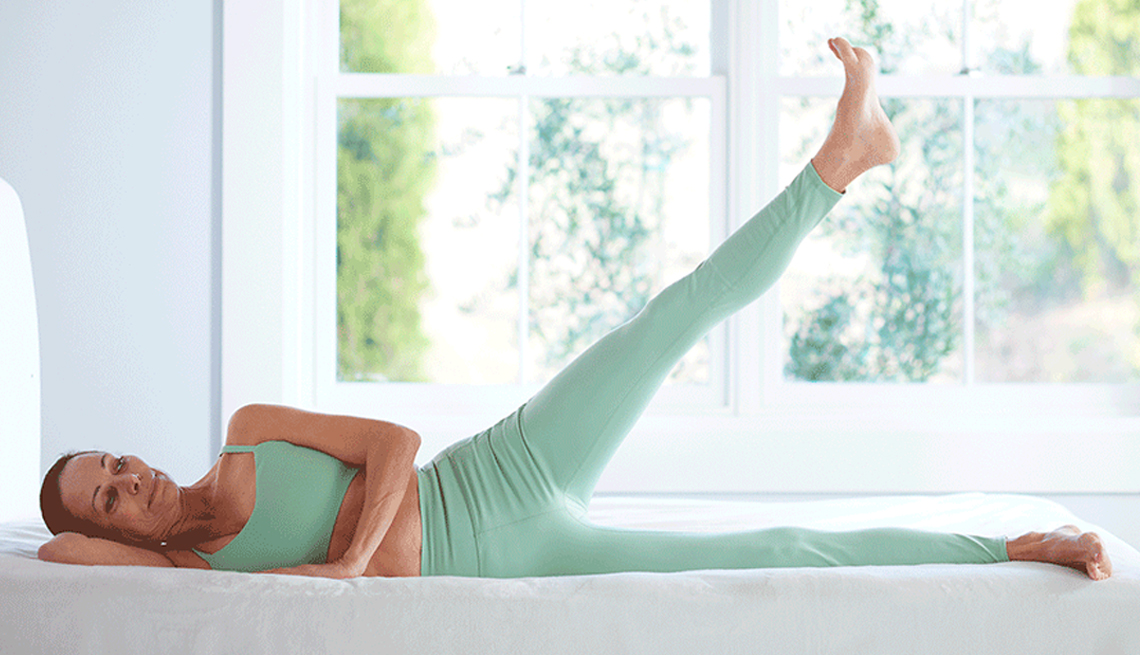
A few years ago, I had a pain in my right thigh. I assumed I had pulled a muscle and soldiered on.
Until, that is, it interfered with my playing the bass drum on my drum kit. That’s when I finally saw a physical therapist.
Turns out, the pain wasn’t coming from my thigh. It was stemming from my hip area — more specifically, from my glutes. Only after many sessions with my physical therapist and exercising at home was I back to pounding away on the skins pain-free.
While many people age 50 and older know they need to focus on their arms, legs and back when working out, they are most likely ignoring other parts of their bodies. You probably are, too.
“As we age, we may think we’re active and doing the things to keep us that way,” says Joe Palmer, a doctor of physical therapy, VP and co-owner of Active Life & Sports Physical Therapy in Maryland. Oftentimes, he says, when patients come to his clinics with pain in their lower extremities, it’s because they aren’t keeping their hips strong. “Hip strengthening is where you get the most bang for your buck,” Palmer says. “People who walk slower typically have weaker hips, and that impacts their balance.” He says this is also what’s happening with folks who have trouble getting up from the floor or out of a chair without using their arms.
When Palmer says “hips,” he’s talking about the gluteal muscles: the gluteus maximus, medius and minimus. “When people have weakness, it’s really in those, the primary hip stabilizers,” he says.
According to Palmer, people also often forget about their core. A strong core, he says, helps you maintain your balance “as you are intentionally trying to reach for something or go outside your base of support.”
Pay attention to your knees
You also need to be strong in other parts of your body if you want to keep active. In your knees, you need to maintain strength, but also flexibility and muscular balance, says Fred Cushner, M.D., an orthopedic surgeon at the Hospital for Special Surgery in New York City and chief medical officer for Canary Medical.
“The two main muscle groups to the knee are the quads and the hamstrings. So, when your quads get weak, you might have pain getting from a sitting to a standing position. You may have discomfort with stairs and problems kneeling,” Cushner explains. “With problems in the hamstrings, you get tightness in your hamstrings, but that can also give you some low back pain.”
But you need to keep these muscles strong in the correct manner. “While lunges and squats might be great for your 18-year-old grandson, they’re not great when you have some arthritis, because that puts a lot of force across the knee,” he says. “So it’s not only strengthening, but appropriate strengthening.”
Cushner adds that with knees and other joints, maintaining flexibility is important because it helps prevent injury while also maintaining the balance of the joint.
Keep ankles and feet strong
Now that you’ve worked on your hips and knees, let’s move a little lower.
“Strengthening ankles is very important in improving the stability of the ankle, as it relates to overall hip, knee and ankle stabilization, which can highly impact balance,” says Bruce M. Duchemin, a home care physical therapist with Granite VNA in New Hampshire with 46 years of experience in physical therapy. “An unstable ankle can result in loss of balance, twisting the ankle and causing injuries and/or falls.”
It’s also crucial to strengthen the muscles in your feet. “Keeping your feet strong can prevent pain and improve your balance,” says Jasmine Marcus, a doctor of physical therapy at Cayuga Medical Center in Ithaca, New York.
Avoid a pain in the neck (or wrists)
Believe it or not, neck or cervical exercises are essential “to maintain pain-free neck range of motion and strength, which will translate into preventing the head from moving ahead of the cervical spine’s center of gravity,” says Duchemin. These exercises prevent “common aging issues such as a forward head posture, reversal of the cervical spine curve causing neck pain, and development of a kyphosis,” also referred to as a hunch back, says Duchemin, who says this will cause the head to go forward and the chin to rest on the chest wall rather than being held in a good, upright posture. “These alterations in the cervical spine will change the center of gravity of the upper body, causing the patient to develop balance impairments associated with posture,” which may result in falls, he says.
And don’t overlook your wrists. “It’s important to keep your wrists and your fingers moving, as a way to manage some arthritic symptoms,” Palmer says.
This type of exercise is key to keeping your independence. “As people age from the 50s to the 60s and beyond into the 80s, the wrists are an important joint to strengthen as it relates to the overall function of the arm,” Duchemin says. “It helps take stress off the shoulder and elbow in the execution of overhead activities.” For example, having strong wrists can help you put things away more easily in an overhead cabinet or support your arms when you push down to get out of a chair.
